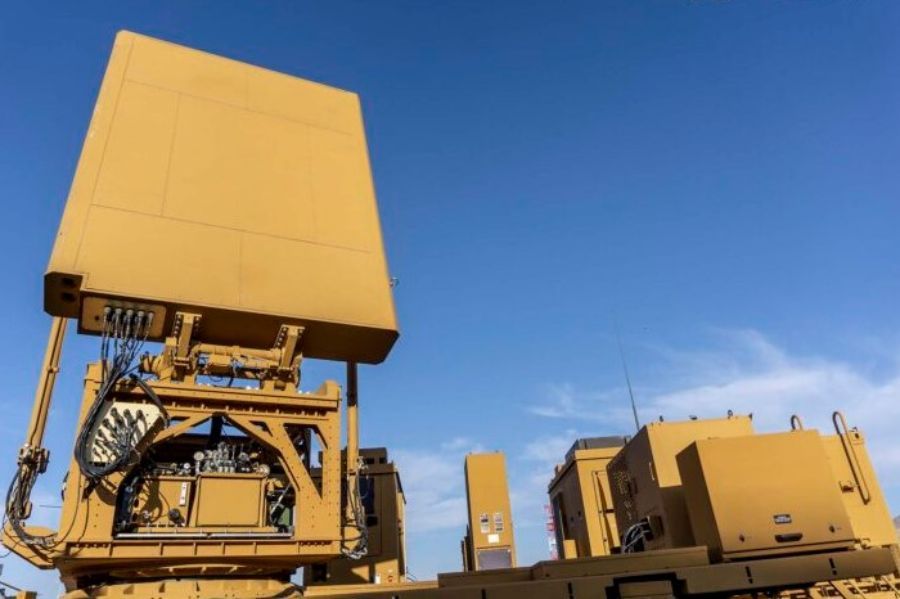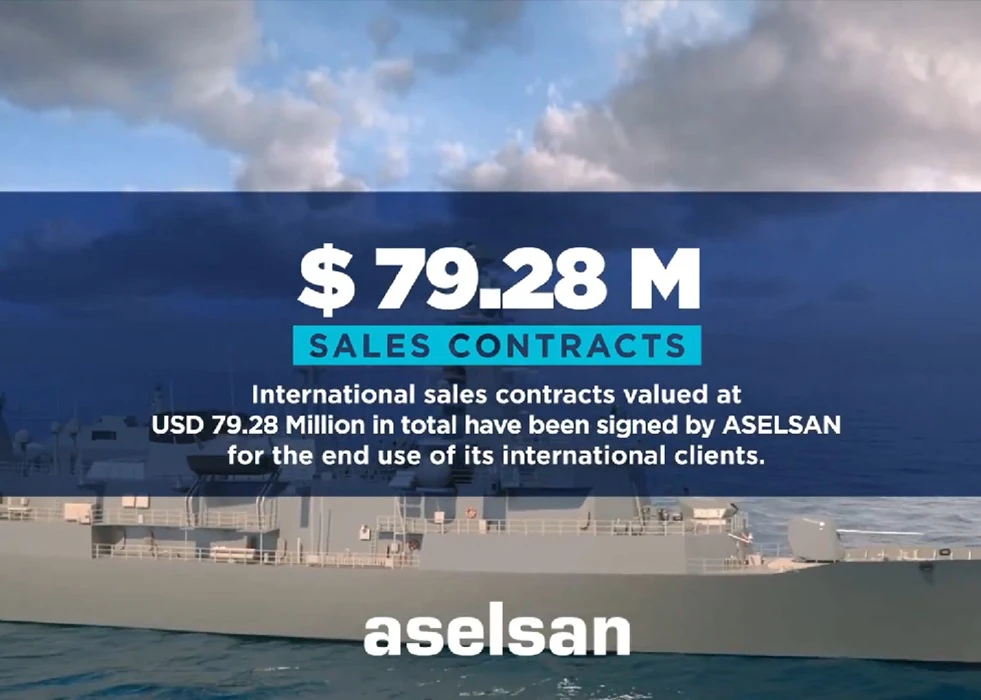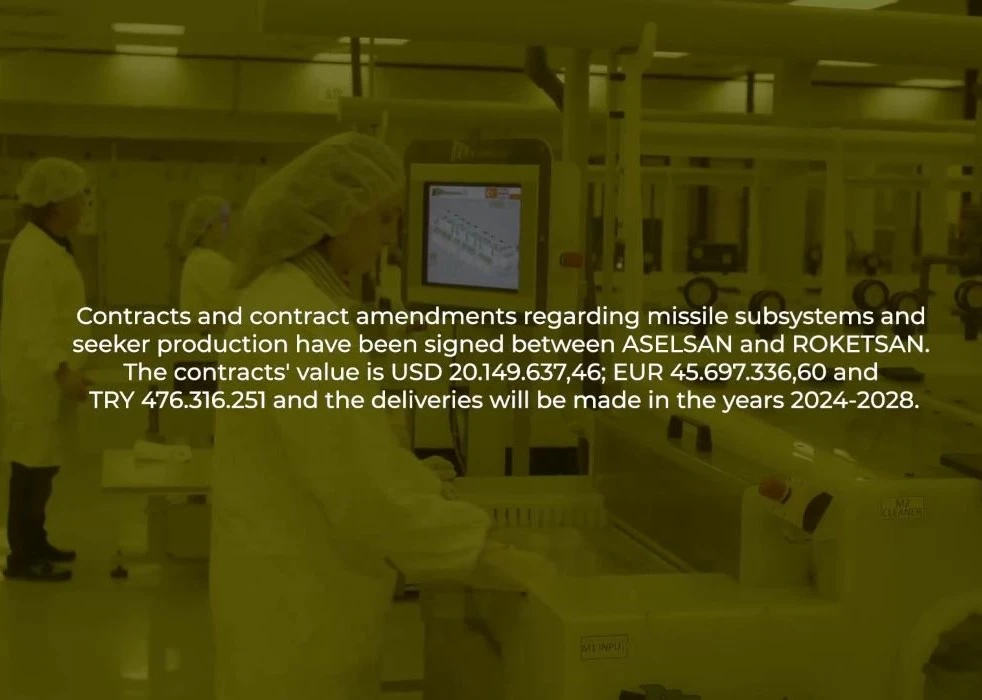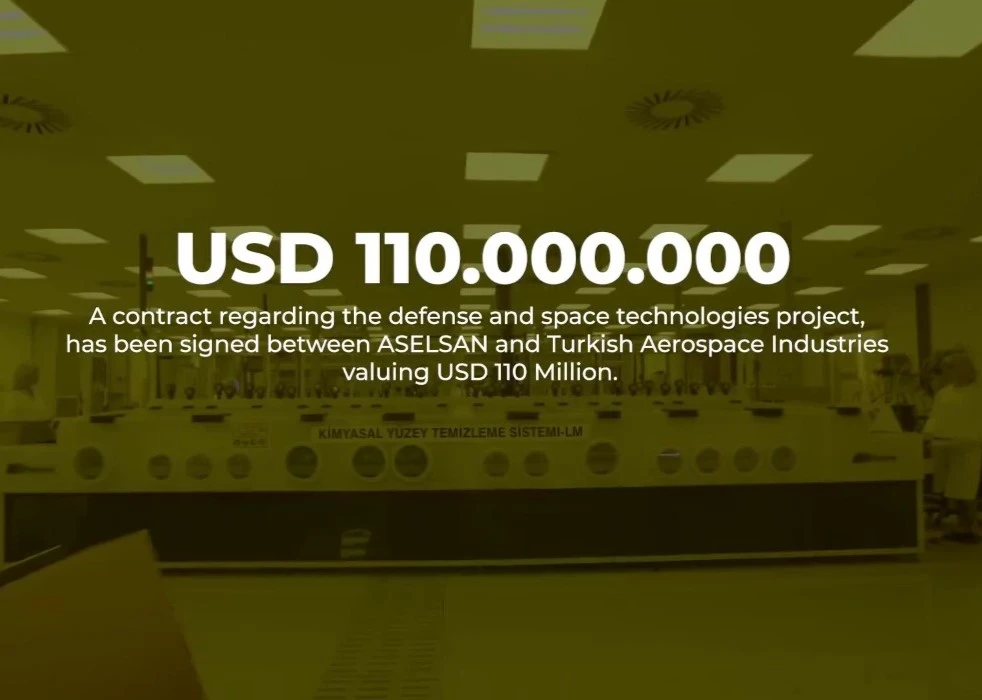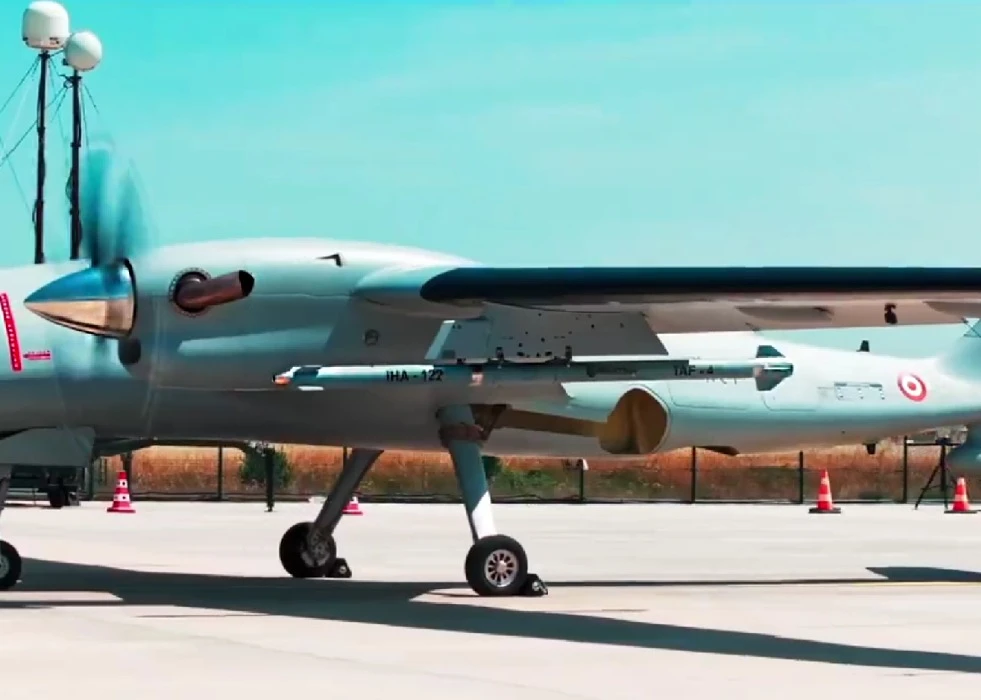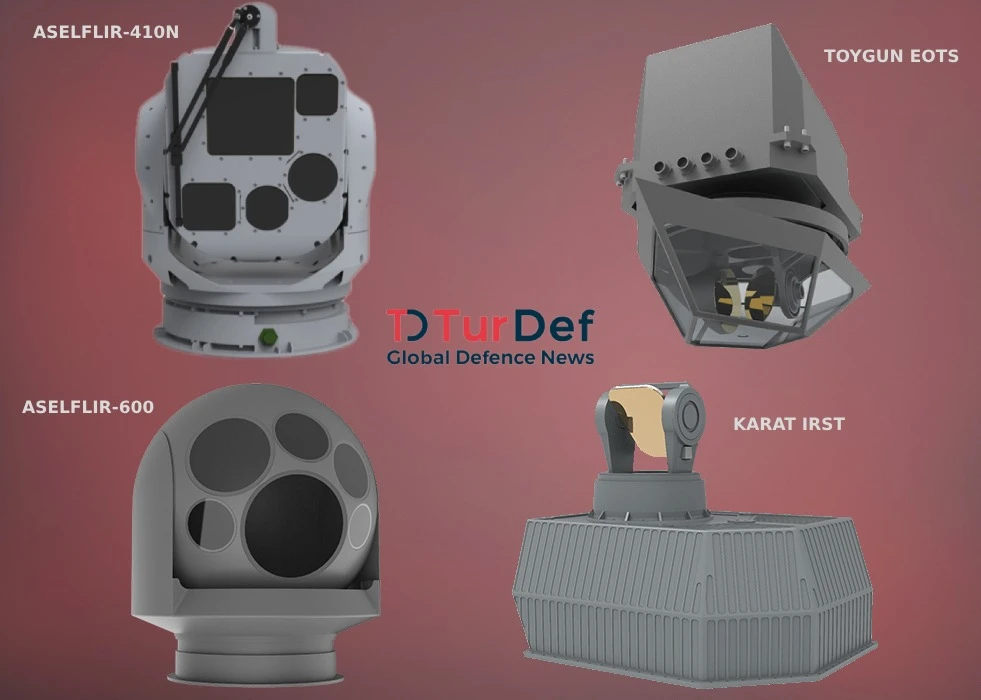ASELSAN’s weapon-locating radar (STR) entered the inventory of the Turkish Armed Forces (TAF). The Ministry of National Defence (MSB) announced the development. The Presidency of Defence Industries (SSB) has initiated the project and signed the contract with ASELSAN.
ASELSAN received the first contract for weapon-locating radar in 2013 for the Counter Mortar Radar, completed the serial production of more than 15 radars, and put them into service of the TAF. Subsequently, a contract was signed for the long-range weapon-locating radar in 2016. Nine long-range active electronic scanning antennas weapon-locating radar will be delivered within the project’s scope.
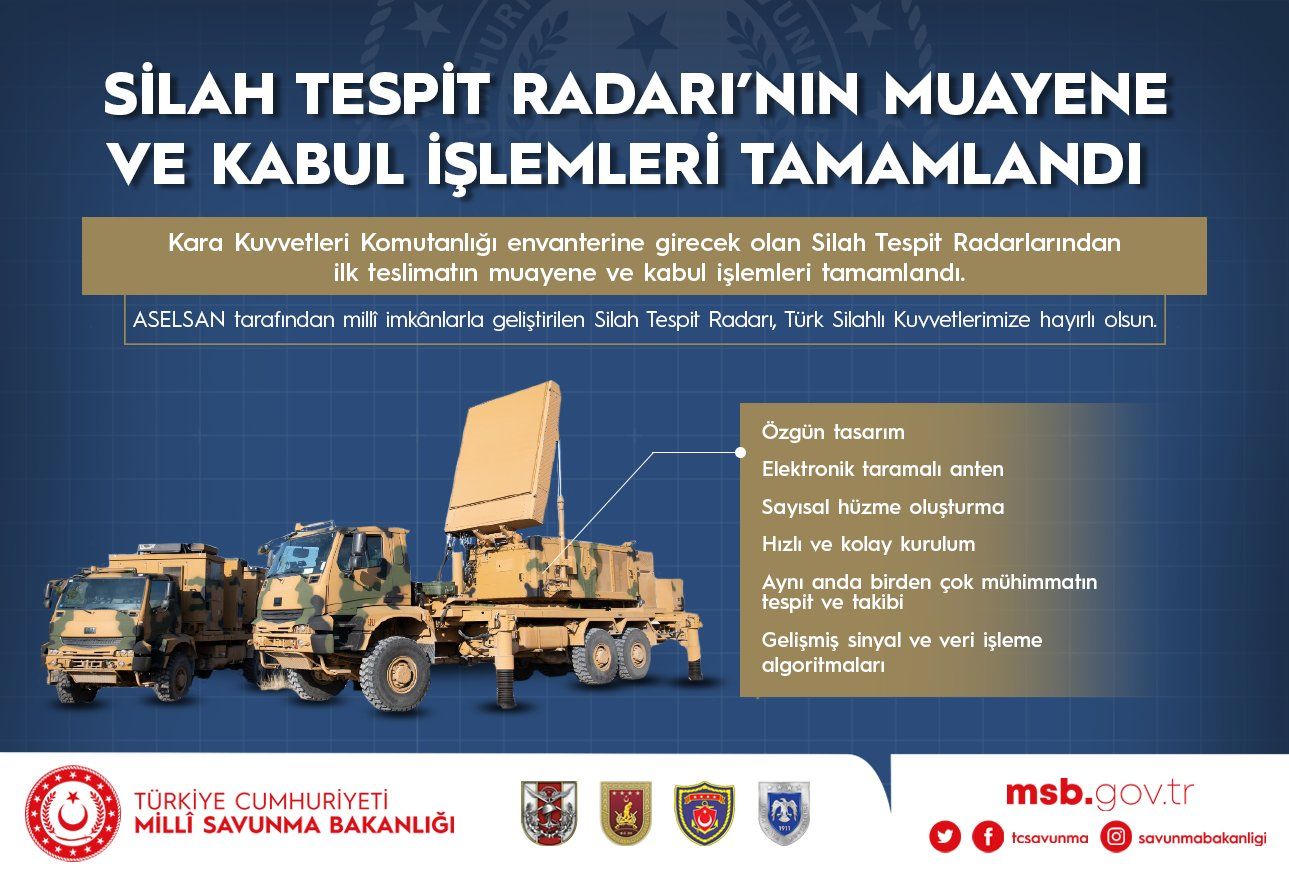
With ASELSAN’s GaN-based AESA radar, the long-range weapon-locating radar needs of the Land Forces will be met. Radar is an AESA radar system that detects and tracks incoming artillery and rocket fireand determines the point of origin for counter-battery fire.The information is instantly transferred to the fire support weapons. It aims to destroy the enemy elements by making a counter fire.
It is predicted that the radars will have a range of 100+ kilometres. The SERHAT Counter Mortar Radar, which is currently actively used in Syria, has a range of 10+ kilometres. SERHAT Counter Mortar Radar offers 360° azimuth coverage for detecting and tracking mortar fire.
ASELSAN’s weapon-locating radar is an active electronically scanned array (AESA) is a type of phased array antenna, a computer-controlled array antenna in which the beam of radio waves is steered to point in different directions without moving the antenna. The radar scans predefined sectors to detect rocket, artillery, and mortar launchers. When it detects the possibility of an incoming rocket, artillery and mortar fire, the system checks the contact before starting the tracking sequence and continuing to search for new targets. Incoming cartridges/missiles are tracked during the first ascent / take off orbit before reaching the apogee. A computer program evaluates the route data and estimates the round’s point of origin. This calculated starting point is then reported to the operator using map coordinates so that friendly artillery can direct enemy artillery to fire counter-artillery.


